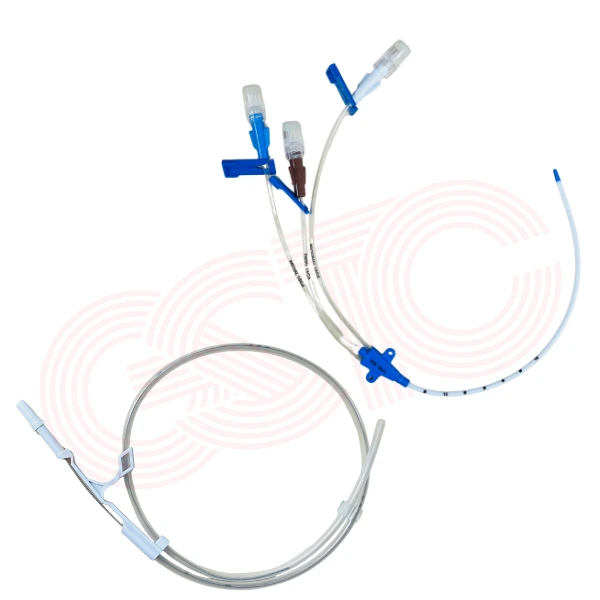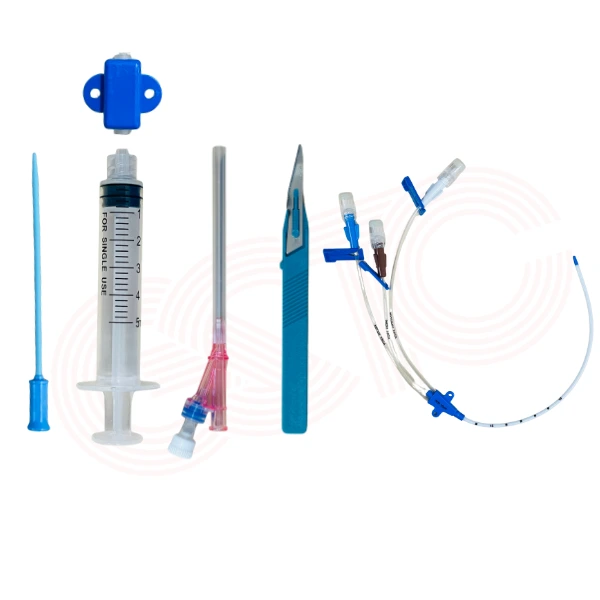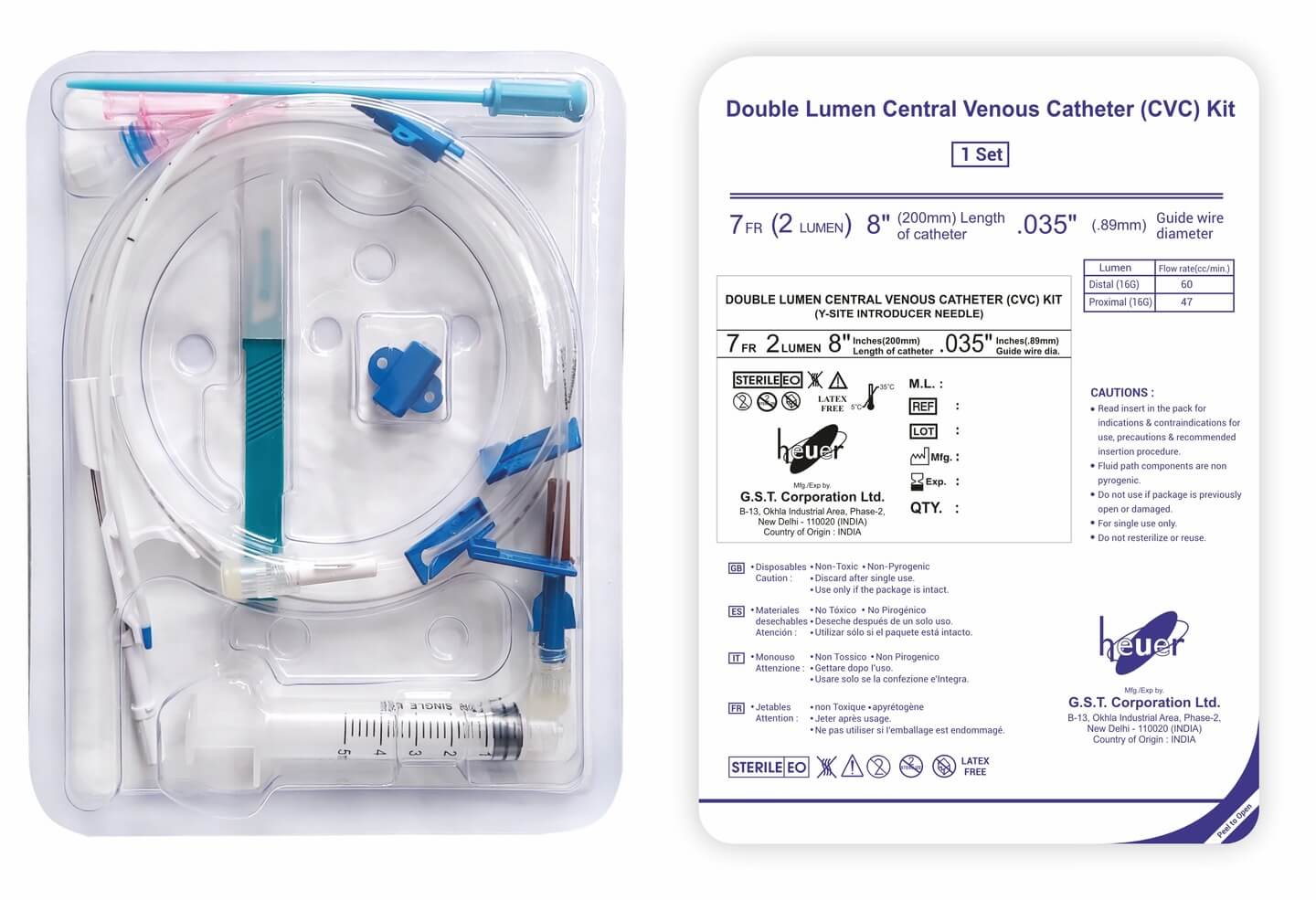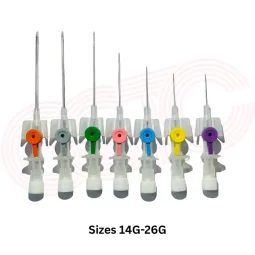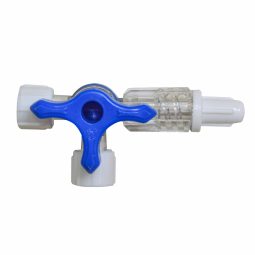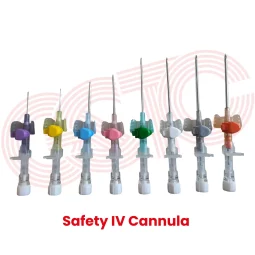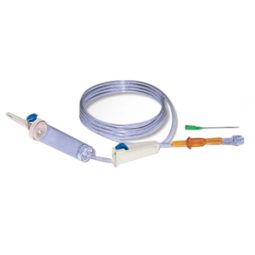Description
A CVC Kit typically refers to a Central Venous Catheter Kit, it is a medical device used to insert a catheter into a large vein, or in the neck, chest, or groin. CVC kits are utilized to deliver drugs, fluids, blood products, or nutritional compounds directly into the bloodstream, as well as for measuring central venous pressure.
Key Features
-
- Biocompatible polyurethane material becomes soft at body temperature to minimize the vessel trauma.
- Radiopaque catheter with depth markings for accurate placement.
- Tapered, smooth tip for easier and the safer insertion.
- Fully sterile, disposable, and latex-free.
Kit Components Each Central Venous Catheterization Kit includes:
-
- Central venous catheter (as per selected lumen type)
- Introducer needle, guidewire, and dilator
- Syringe, scalpel, and clamps
- Basic sterile accessories (gloves, drapes, dressing, and gauze) This compact set ensures readiness for catheter insertion with minimal setup.
Clinical Applications
- ICU (Intensive Care Units): For long-term medication and fluid delivery.
- Operating Rooms: For the management of fluid balance and CVP in operations.
- Emergency Departments: Quick vascular access in shock or critical trauma cases.
- Oncology: Reliable delivery of chemotherapy over long durations.
- Nutritional Therapy: TPN administration to patients that are not able to consume orally.
Certifications & Compliance:
Our Central Line Kits are manufactured in ISO 13485-certified facilities and meet CE standards, ensuring world-class quality, safety, and performance.
Why Choose US?
-
- India’s Trusted Leader: GSTC is India’s leading manufacturer and exporter of, infusion therapy with over 60 years of experience, serving clients in 30+ countries.
- Among India’s Top 10: As one of India’s top 10 exporters and manufacturers of medical equipment,
- Unmatched Quality: Our CVC kits are designed with biocompatible polyurethane softening at body temperature, minimizing trauma and enhancing patient comfort.
- Reliable Delivery: We are a leading Central Venous Catheter Kit Manufacturer, ensuring your orders are delivered on time.

